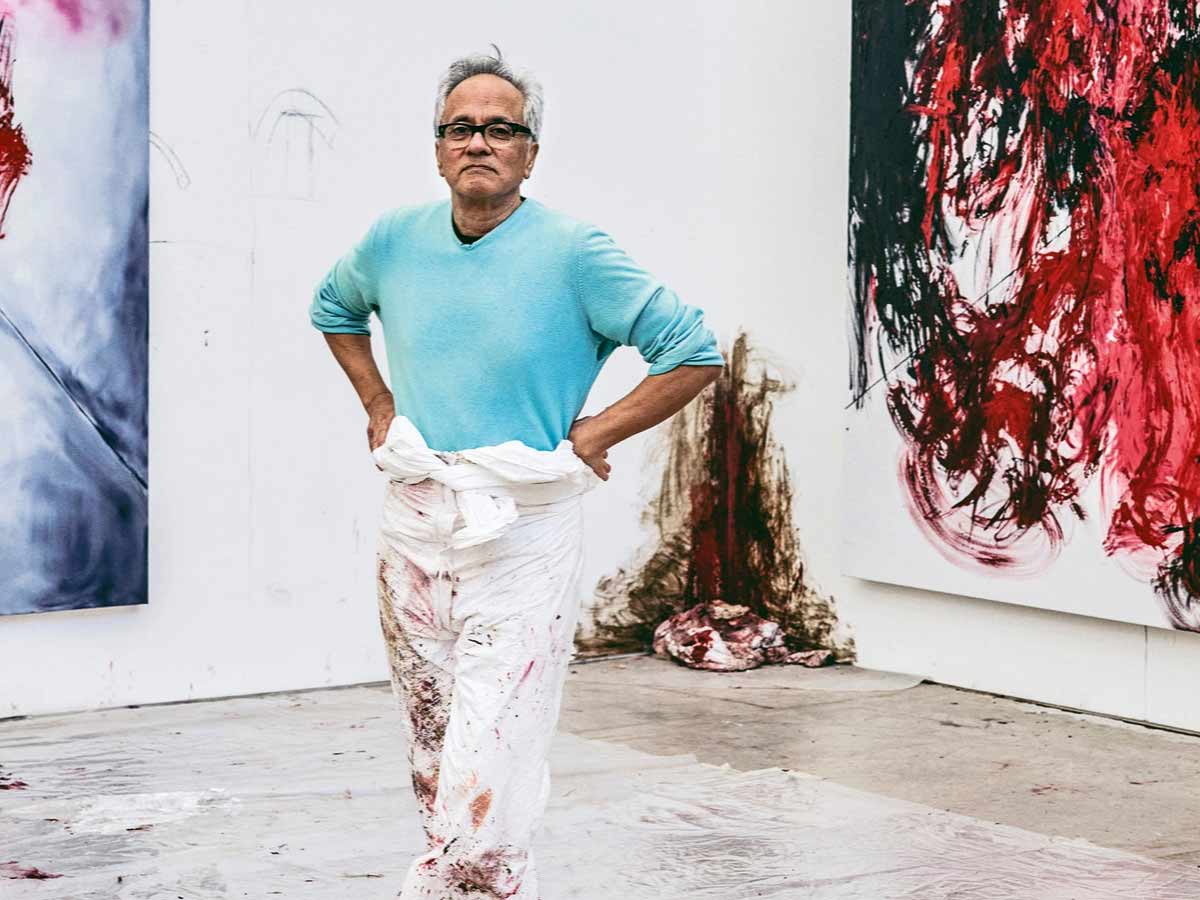We all know, when it comes to art, what we love and what we hate. We also know the pieces which challenge us when roaming an art gallery. These are the ones that are always the longest we look at. We may not like them actually, but they catch our attention and get us to think. They’ve got meaning.
When we decide to decorate our own homes with works of art, we have an opportunity to select from the types of art we enjoy the most. However, that doesn’t mean we immediately box ourselves in. It just means learning more about how best to find the art form that you would enjoy the most.
Over time, the way artists represent scenes in art has changed. Over the years, two dominant styles, the western and eastern art styles, have come to the fore. It is truly a fascinating study to delve deeper into understanding various painting styles and will give us an insight into the myriad expressions of art all over the world.
Abstract

Let’s start with the trickiest one! Abstract paintings are always difficult to get your head around if you are a literal person since they do not depict something real-not a person, not a place, not a thing. Artists paint colours, shapes, forms, and gestural marks, such as a paint stroke or even a seemingly random splash, to achieve their effect.
Modern
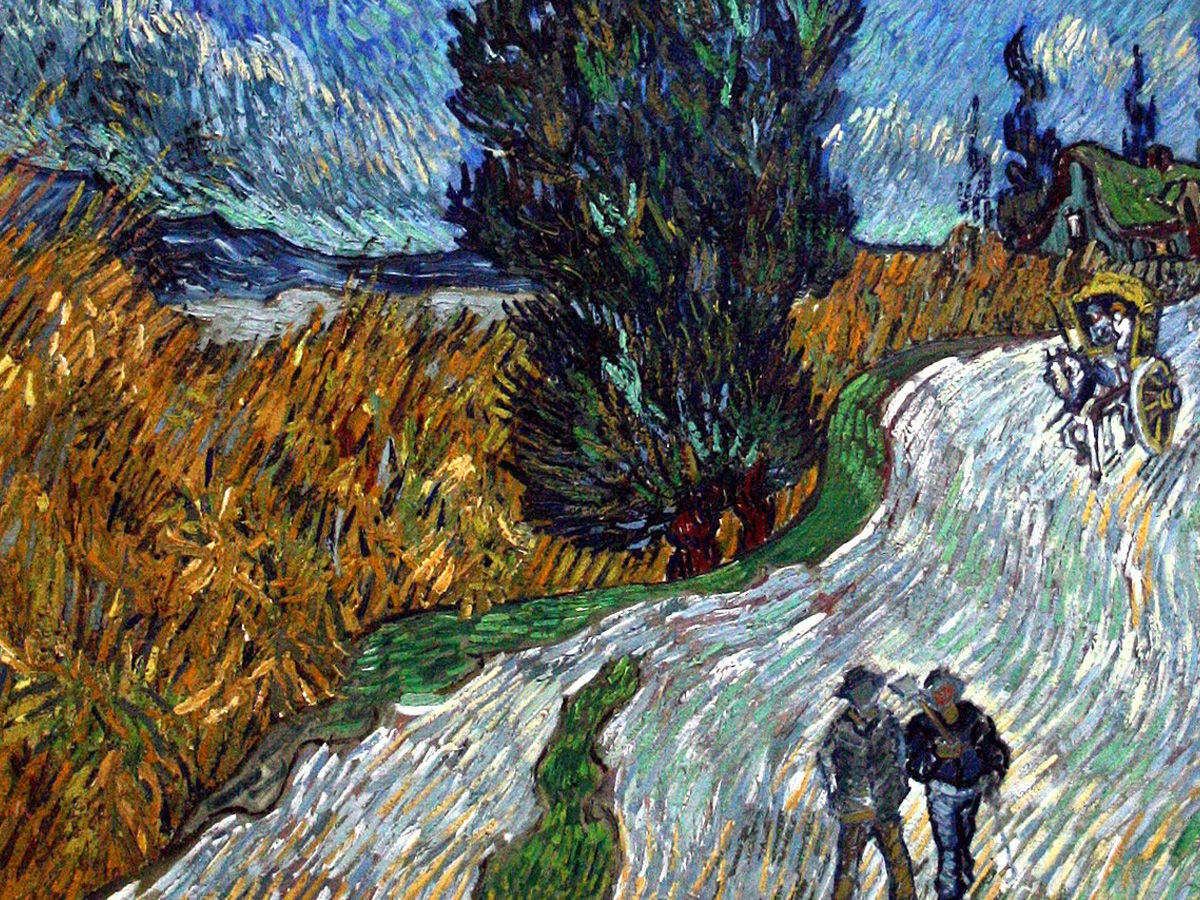
Modern art, which includes works from the 1860s to the 1970s, strayed from conventional styles and techniques. As modern art refers to a period rather than a form of art, defining it is sometimes difficult. The logical world that came before it was shunned by modern artists and had a spirit of creativity instead.
Impressionism
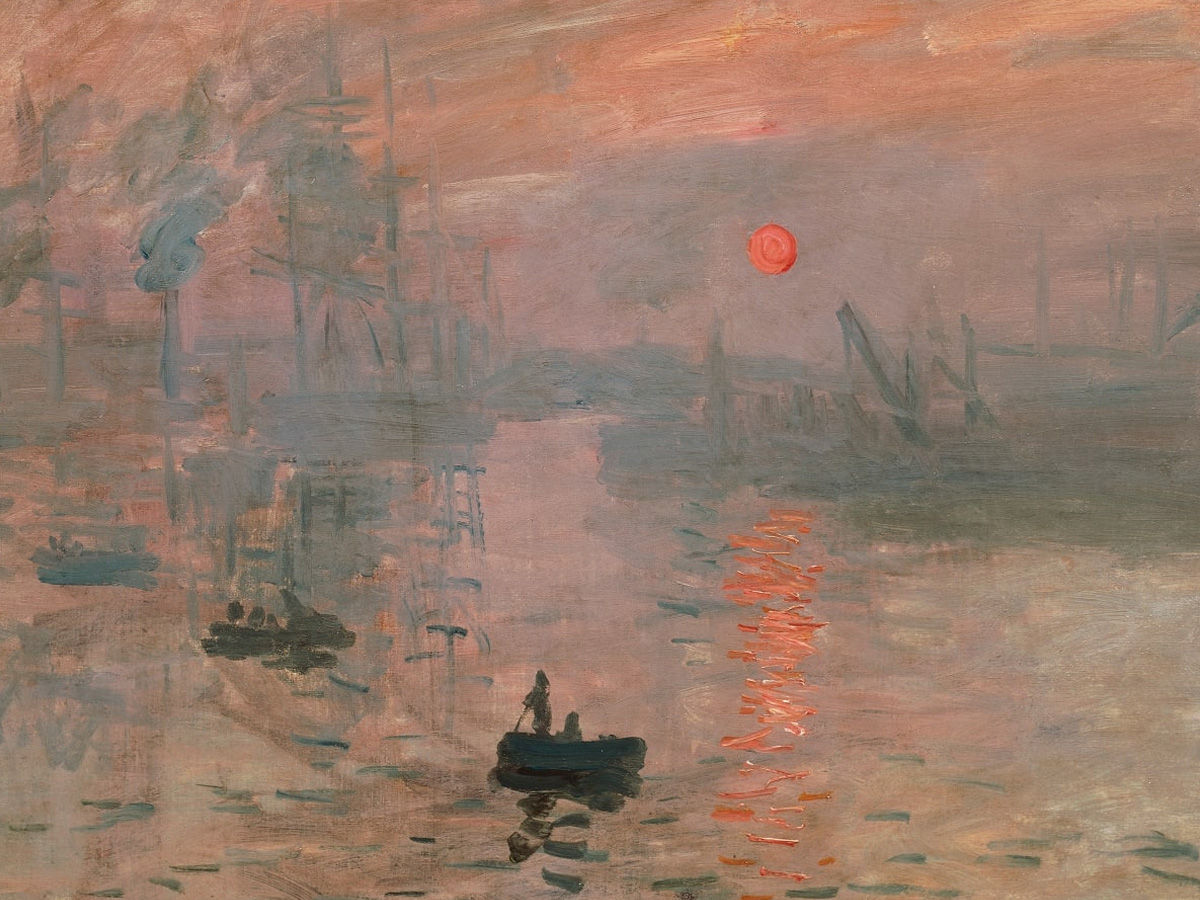
In the late 19th century, this type of art emerged in Paris. Some of Impressionism’s characteristics include the use of familiar and ordinary artefacts, thin strokes of the brush, odd angles.
Expressionism
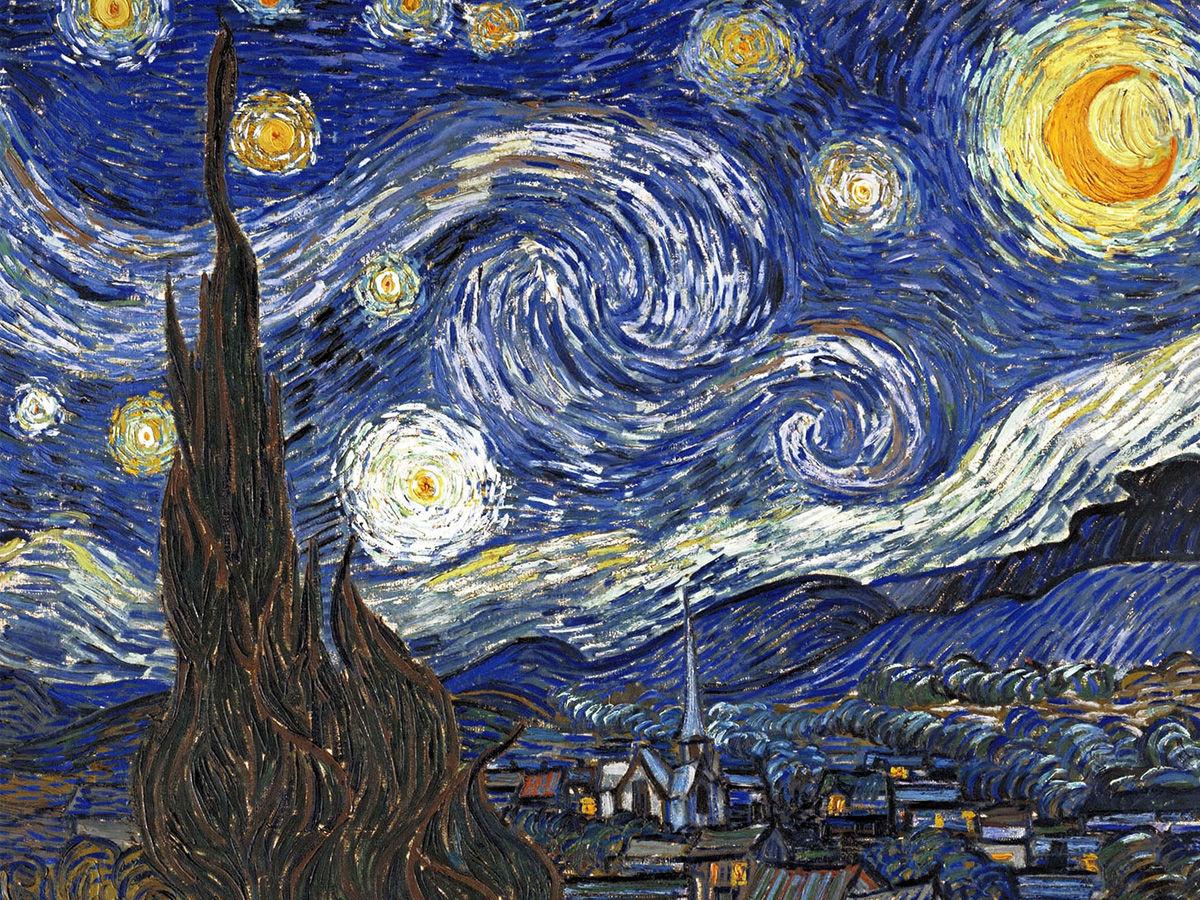
There are many forms of abstract art style and ‘expressionism’ is one of them. The overflow of human feelings is depicted from the point of view of the artist.
Cubism
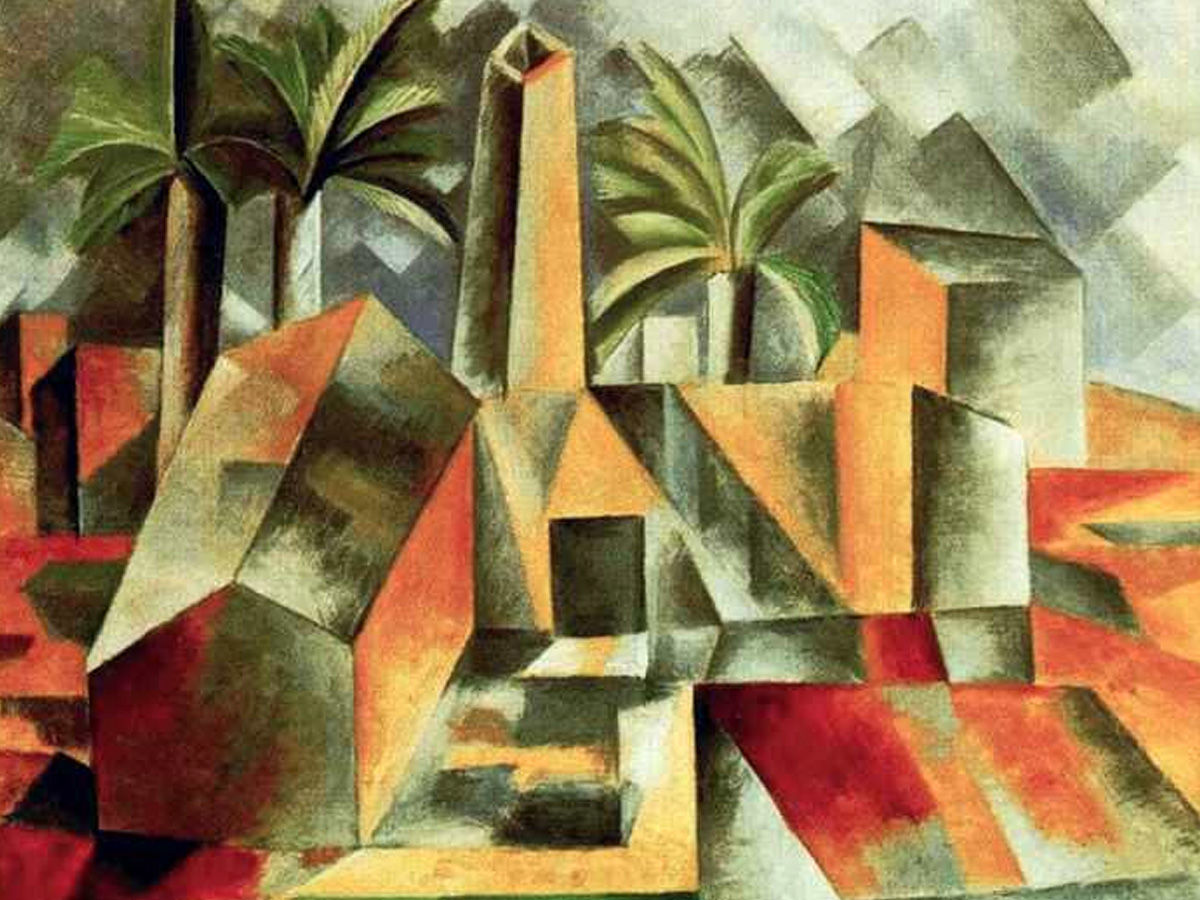
A famous artist, Paul Cezanne, once said, “Everything in nature takes its form from the cylinder, the cone, or the sphere.” Interestingly, this later became the ‘cubism’ foundation. This is another expression of abstract art and a very important part of this style consists of geometrical shapes.
Surrealism
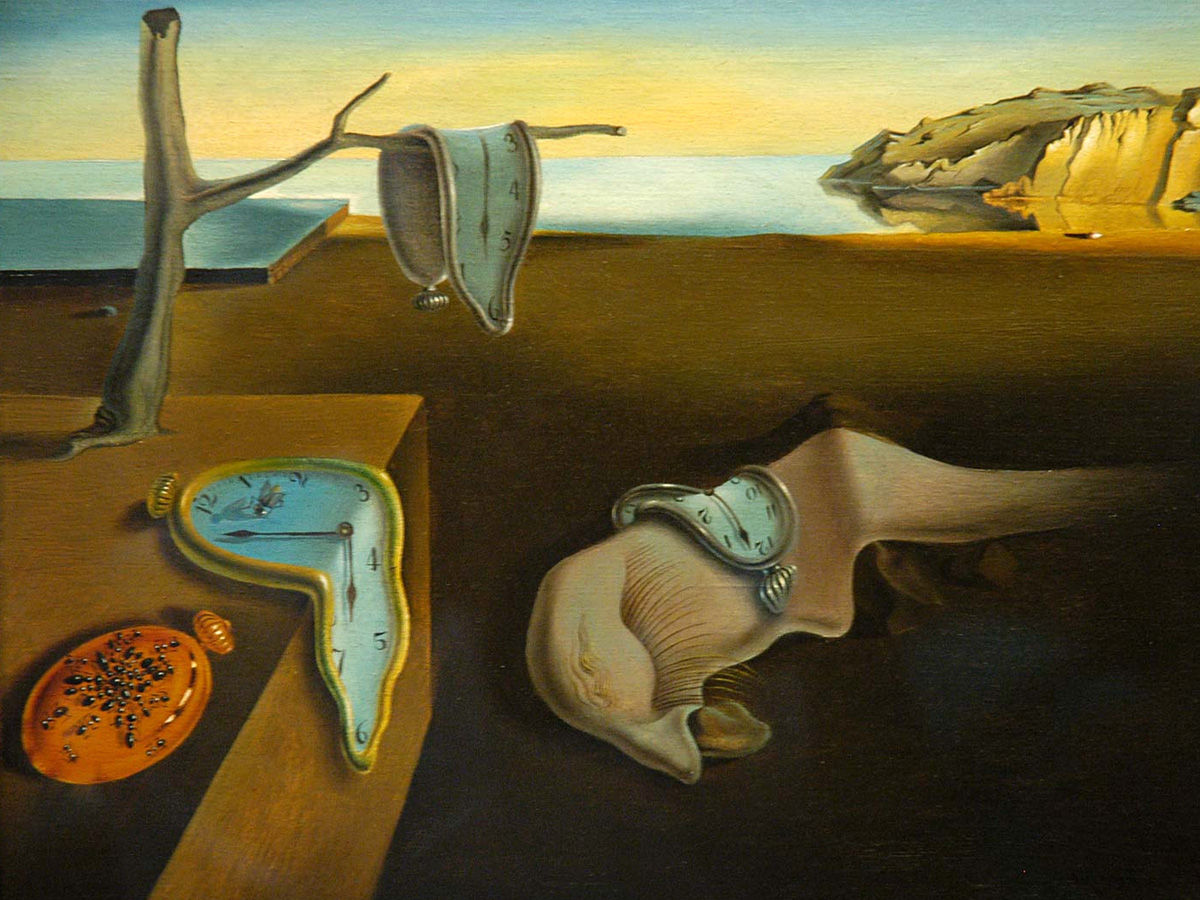
Surrealism was a movement that, in France, jumped to light in the 20th century. This art form sought, through the irrational juxtaposition of images, to release the creative potential of the mind. The cultural movement of Surrealism includes visual art and writing too!
Chinese Style
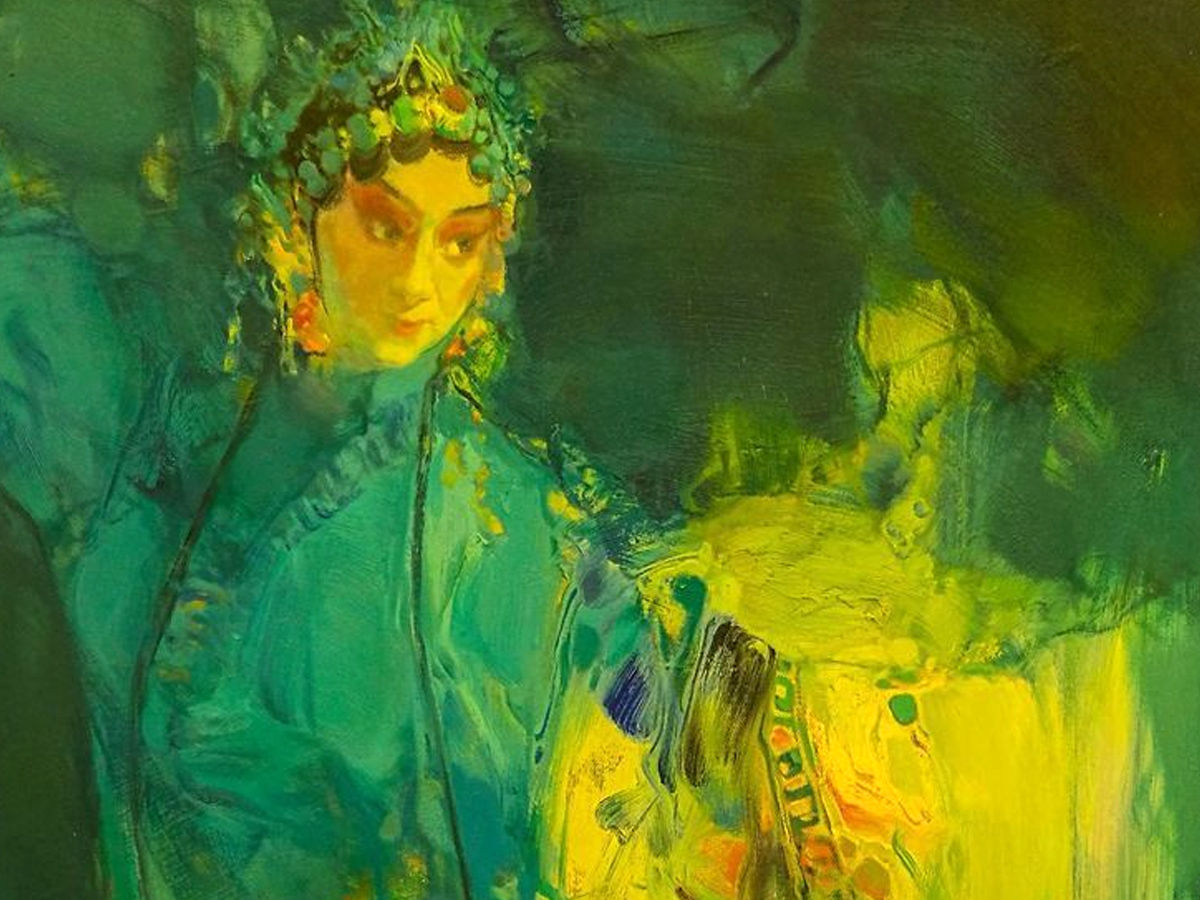
One of the oldest forms of artistic traditions that also used calligraphy as part of their technique is considered the Chinese art style. Coloured ink is used by Chinese artists to paint on paper and silk. For painting, they never used oil.
Japanese Style
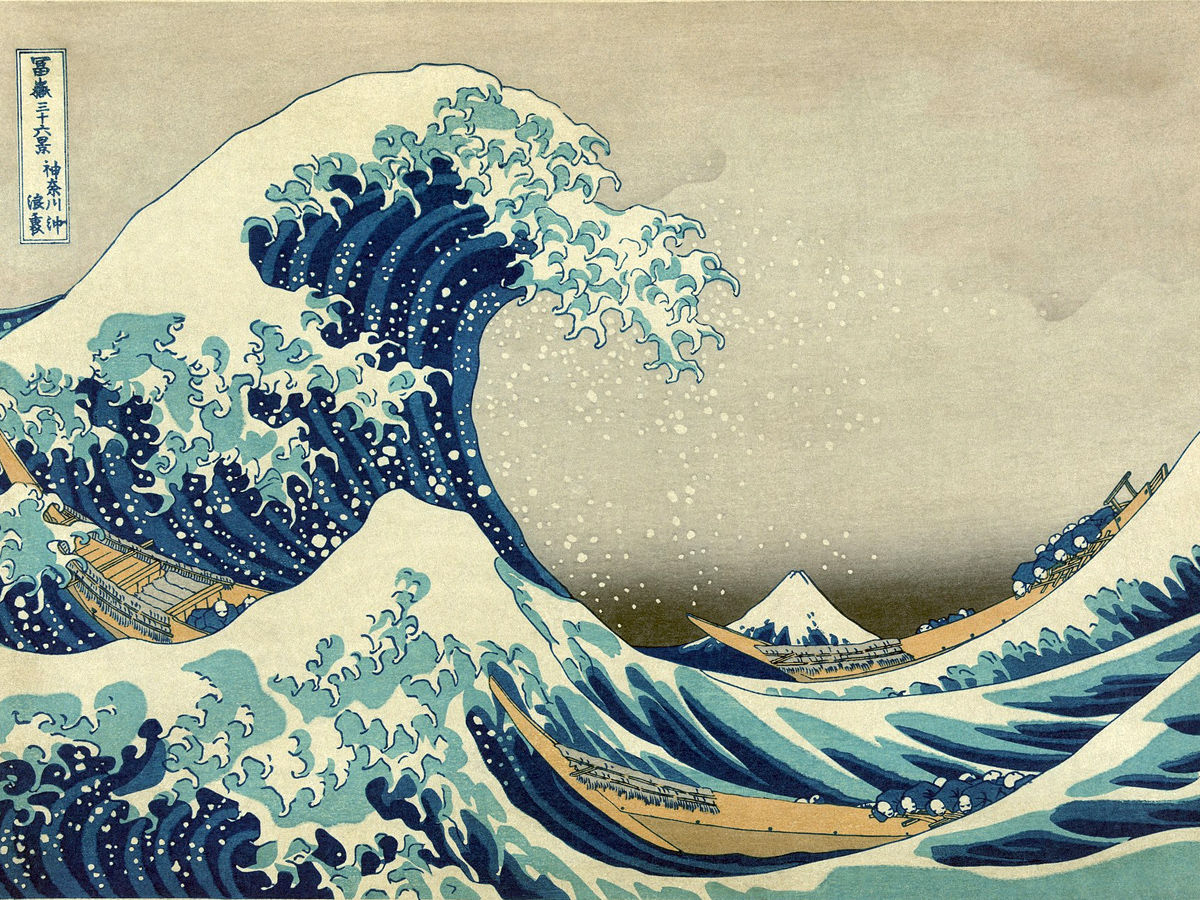
The Japanese style of producing a painting using only black ink is amazing! Chinese, Western, and Eastern art are inspired by the Japanese style of painting.
Indian Style

The kind of art produced here, being a country with a diverse culture, varies from the miniature paintings of the Mughal era to the classical style of the Tanjore paintings.
Mughal miniature style
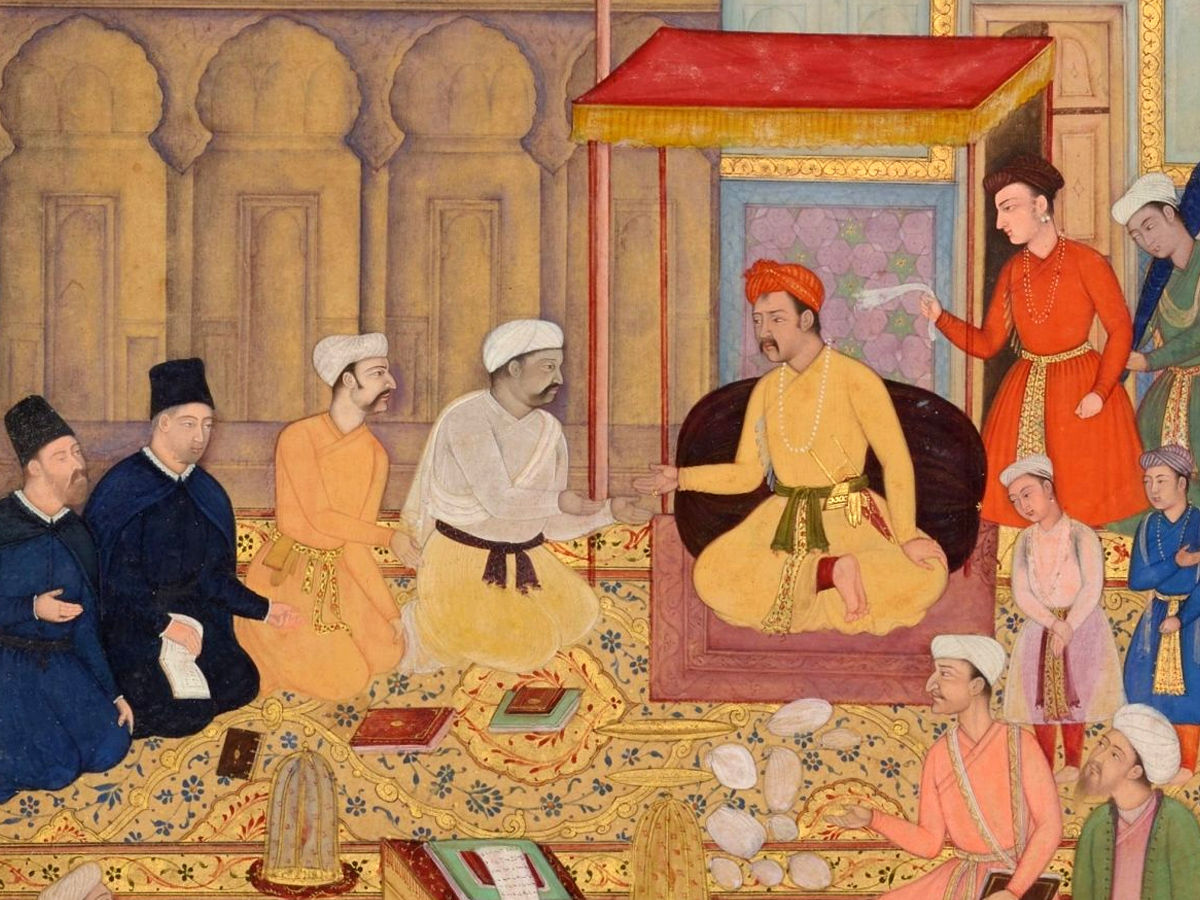
Typically, the Mughal Miniature paintings portrayed the lifestyle of the kings and princes. With a lot of attention to detail, the artists focused on depicting beauty.
Rajput paintings
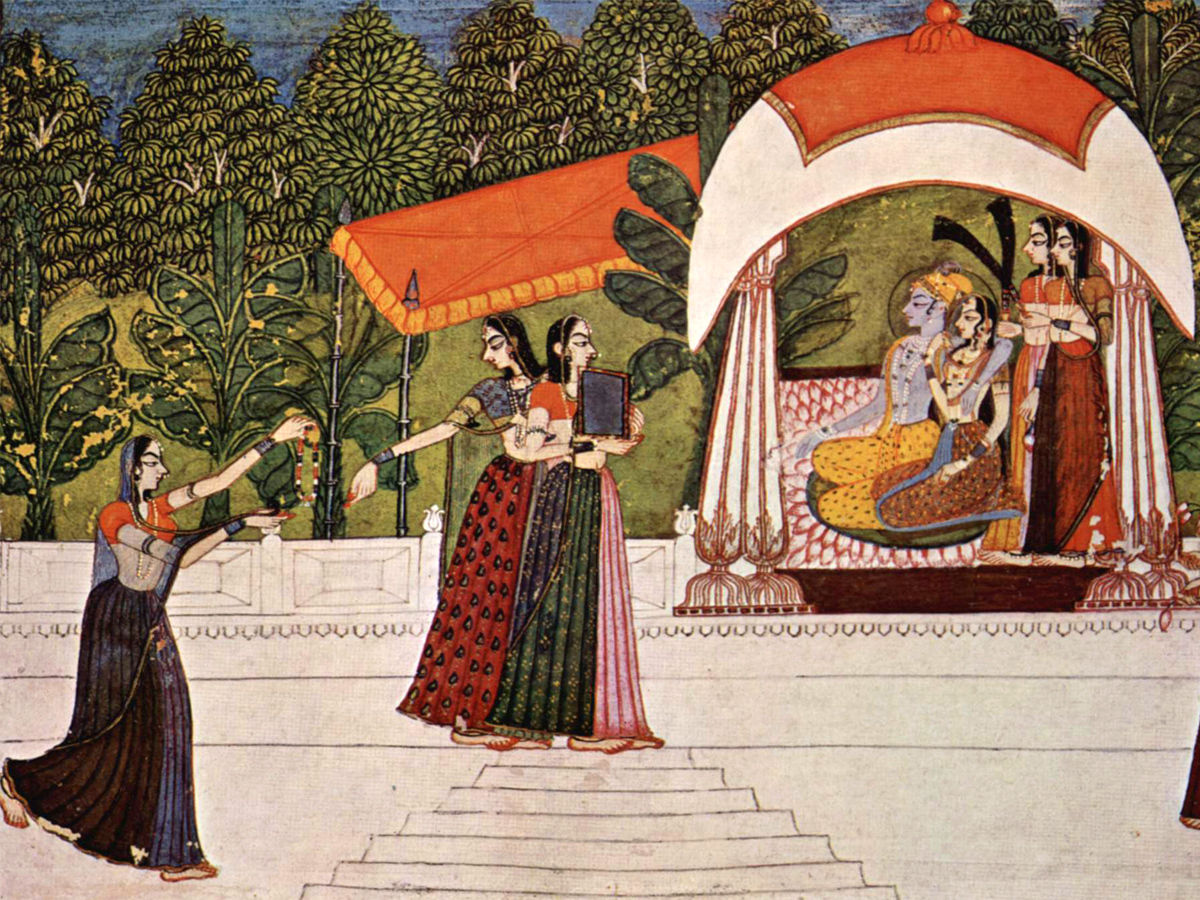
In the Rajput kingdoms, the courts had their distinct style of painting. The themes of romance, devotion, heroism, and courteous life were the main subjects of these Rajput paintings.
Tanjore paintings

Due to the use of rich colour schemes and their attention to the minute details, Tanjore paintings are considered the most important in South India.
Madhubani style

In the Mithila region of Bihar, the Madhubani style of art was traditionally created by women. A major role in the emergence of the Madhubani art form was played by the ancient tradition of wall paintings called Bhatti-Chitra.

























